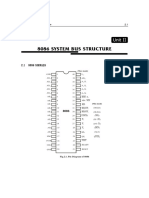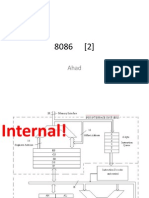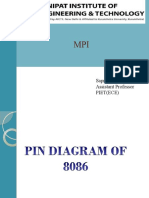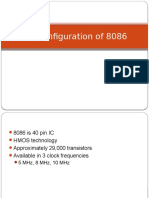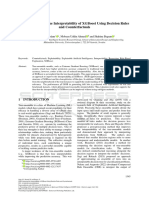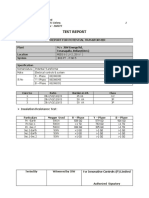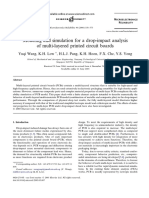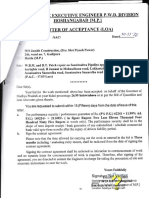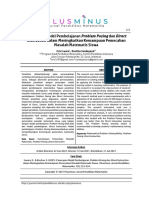0% found this document useful (0 votes)
16 views48 pagesLecture 5
The document provides an overview of the 8086 microprocessor's hardware structure, including its pin configuration, operational modes (minimum and maximum), power supply requirements, and data access methods. It explains the differences between minimum mode for single processor environments and maximum mode for multiprocessor systems, along with details on interfacing components like the 8288 bus controller and 8284 clock generator. Additionally, it covers the reset operation and synchronization requirements essential for the proper functioning of the microprocessor.
Uploaded by
Petro FeriCopyright
© © All Rights Reserved
We take content rights seriously. If you suspect this is your content, claim it here.
Available Formats
Download as PDF, TXT or read online on Scribd
0% found this document useful (0 votes)
16 views48 pagesLecture 5
The document provides an overview of the 8086 microprocessor's hardware structure, including its pin configuration, operational modes (minimum and maximum), power supply requirements, and data access methods. It explains the differences between minimum mode for single processor environments and maximum mode for multiprocessor systems, along with details on interfacing components like the 8288 bus controller and 8284 clock generator. Additionally, it covers the reset operation and synchronization requirements essential for the proper functioning of the microprocessor.
Uploaded by
Petro FeriCopyright
© © All Rights Reserved
We take content rights seriously. If you suspect this is your content, claim it here.
Available Formats
Download as PDF, TXT or read online on Scribd
/ 48








